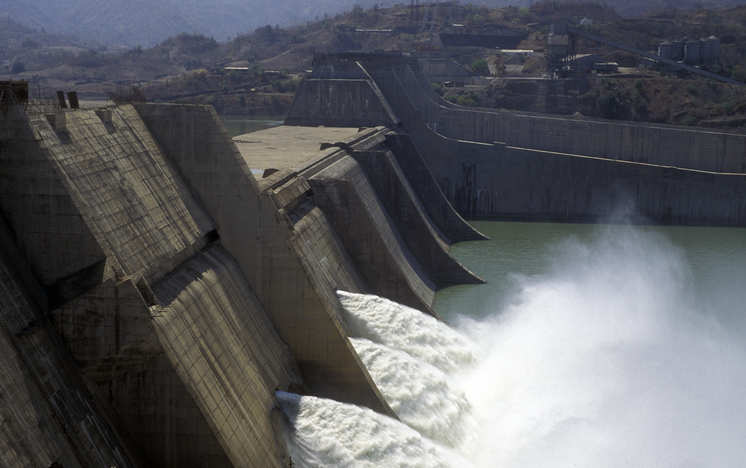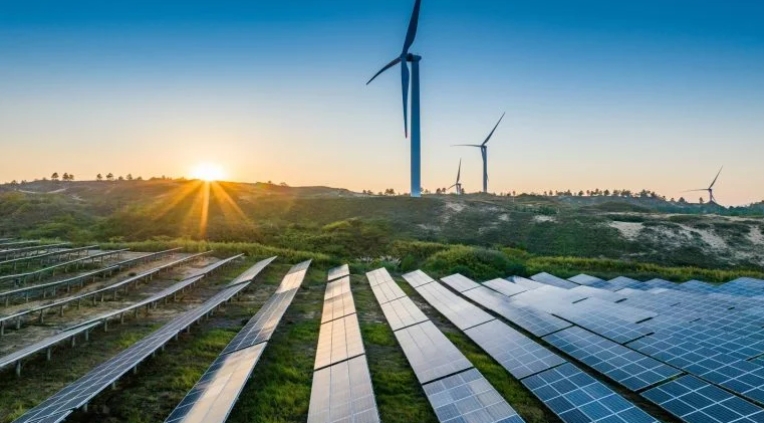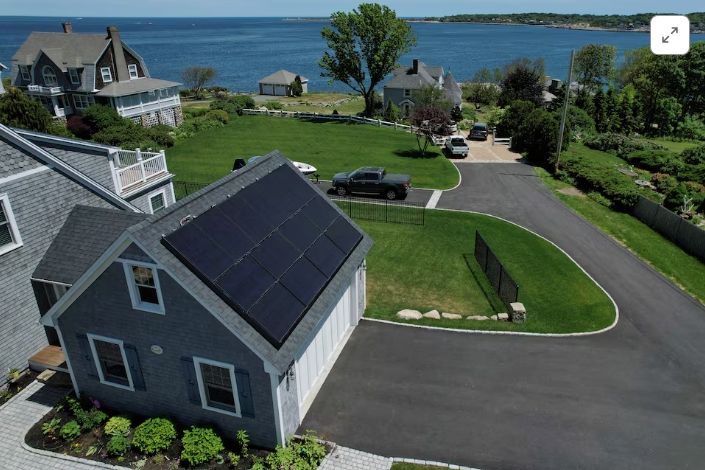The wet weather that caused so many flooding problems around the Midwest in 2019 had one small silver lining: electric generation from the Missouri River's six upstream dams was up 5.6 percent, federal officials said.
 Missouri River power generation from upstream dams increases in 2019
Missouri River power generation from upstream dams increases in 2019 It was the first time this century that the river had back-to-back years producing surplus power, which is good news for consumers. The Western Area Power Administration relies heavily on energy from the dams for the power it sells and must buy electricity on the open market in years when hydropower is underperforming - a cost that eventually is passed to ratepayers.
The U.S. Army Corps of Engineers, which manages dams and reservoirs along the 2,341-mile river, said energy production from the dams in the Dakotas, Montana and Nebraska was 13 billion kilowatt hours last year, up from 12.3 billion in 2018 and more than 38 percent above the long-term average.
A billion kilowatt-hours of power is enough to supply about 86,000 homes for a year, said Mike Swenson, a corps engineer in Omaha, Nebraska.
The WAPA buys and sells power from 56 hydropower plants around the nation. The Missouri River dams are its second-largest producer of energy that is then sold to rural electric cooperatives, municipal utilities, Indian tribes and other customers.
Drought years caused by shallow river levels forced WAPA to spend more than $1.7 billion since 2000 to fulfill contracts, including $28.3 million in 2017.
WAPA spokeswoman Lisa Meiman said the agency was able to sell at least $40 million in excess power over the past two years to help offset those losses.
"Generation was way above average for the past two years," she said.
Oahe Dam near Pierre, South Dakota, which holds Lake Oahe in the Dakotas, and Garrison Dam, which creates Lake Sakakawea in western North Dakota, are typically the biggest power producers in the Missouri River system.
Oahe Dam generated 4.2 billion kilowatt hours last year, up from the long-term average of 2.7 billion kilowatt hours, Swenson said. Garrison Dam also generated 3.2 billion kilowatt hours of electricity last year, up from long-term average of 2.2 billion kilowatt hours, he said.
The plants have generated an average of 9.4 billion kilowatt hours of electricity since 1967, including a high of 14.6 billion kilowatts in 1997, Swenson said.







